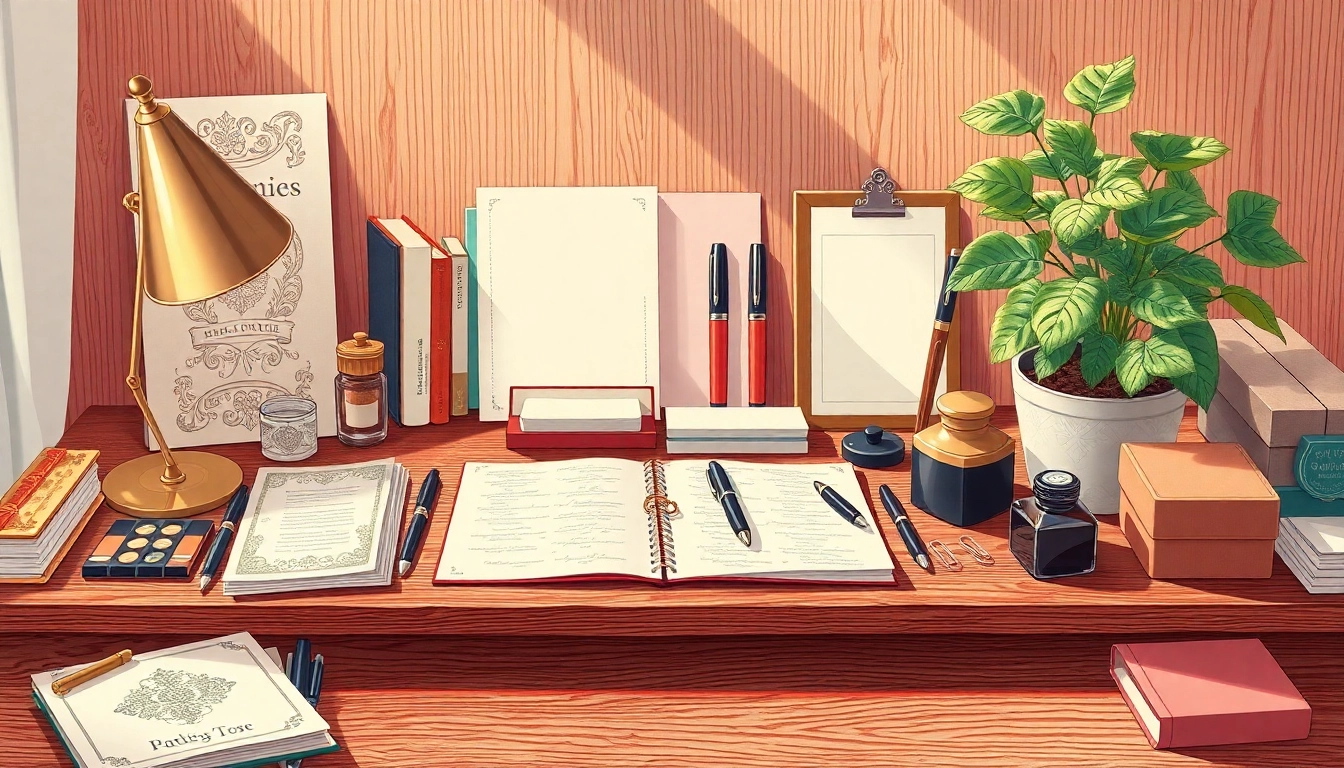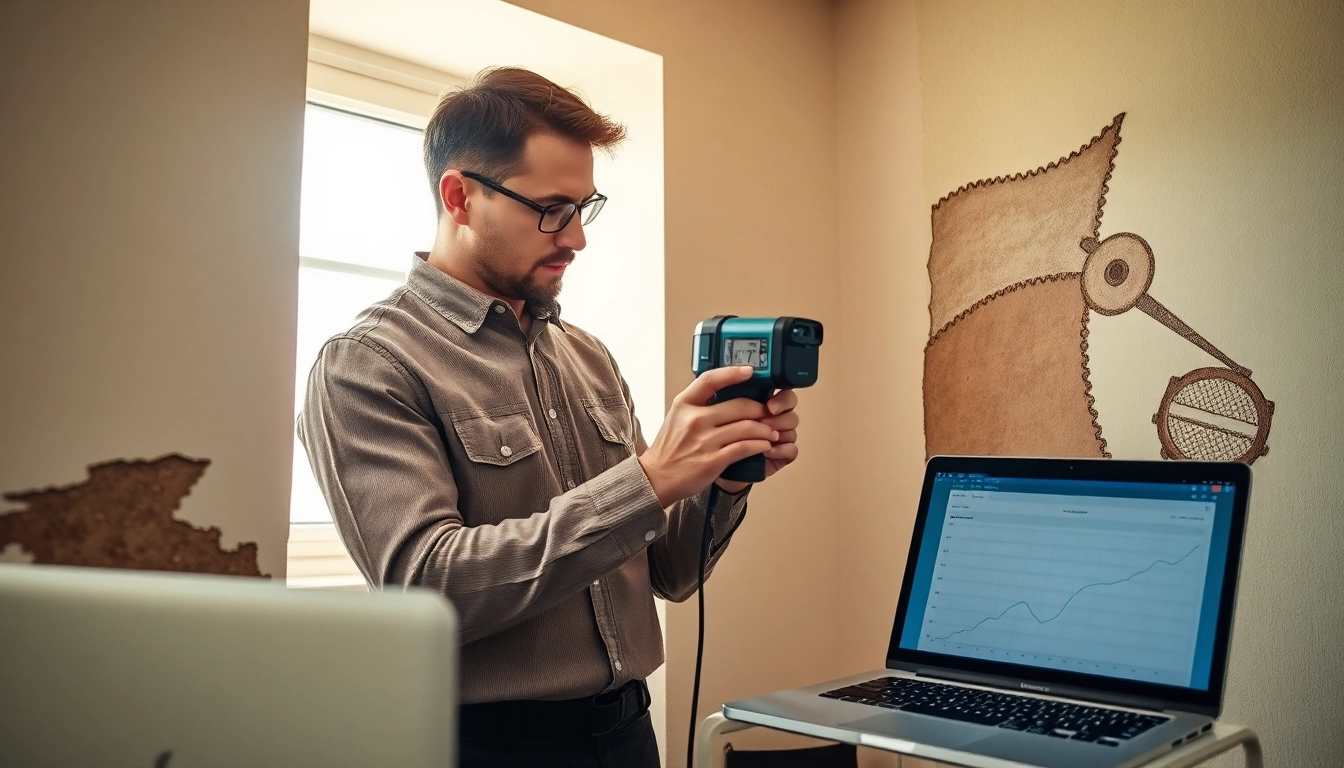Understanding Stationary: An Introduction
In our fast-paced, digital world, the simple joy of writing on paper has not lost its charm. Stationary, encompassing a range of writing materials such as paper, envelopes, pens, and more, continues to find a cherished place in our lives, whether for personal correspondence, professional communications, or creative pursuits. At its core, stationary serves not only as a medium for written expression but also as a tool for inspiration and organization.
What Is Stationary?
Stationary refers to writing materials and supplies that aid in the documentation and organization of thoughts, tasks, and correspondence. This broad category includes items like cut paper, envelopes, notebooks, and various office supplies designed for writing or printing. The term itself derives from the Latin word “stationarius,” meaning standing still or stationary, depicting the consistent nature of these tools that enable communication without the transient nature of digital platforms.
Types of Stationary
The world of stationary is diverse, catering to different needs and preferences. Here are some common types:
- Paper Products: This includes a variety of papers such as letterhead, notepads, and specialty papers designed for specific tasks.
- Envelopes: Available in numerous sizes and styles, envelopes are essential for sending documents or personal letters.
- Writing Instruments: Pens, pencils, markers, and highlighters fall under this category, each offering unique characteristics like color, ink type, and nib size.
- Organizers: Notebooks, planners, and agendas assist users in organizing their information and tasks effectively.
- Accessories: This includes items like sticky notes, paper clips, and rubber bands that complement the primary stationary products and enhance functionality.
Importance of Quality in Stationary
Quality stationary plays a crucial role in the overall experience of writing or working. High-quality paper can significantly affect ink flow, making writing smoother and preventing bleed-through. Similarly, well-made writing instruments can enhance comfort and precision. Whether it’s a fancy notepad for special occasions or a robust planner for daily tasks, investing in quality stationary ensures a more pleasurable and efficient user experience.
Choosing the Right Stationary for Your Needs
Identifying Your Purpose
Choosing the right stationary begins with understanding your intended purpose. Are you writing heartfelt letters to friends, drafting professional documents, or unleashing your creativity through journaling? Each type of stationary serves different functions:
- Personal Correspondence: For personal letters or notes, opt for vibrant, personalized notecards or elegant writing paper to make a lasting impression.
- Professional Use: Consider sophisticated letterhead or business cards that reflect your professional image.
- Creative Projects: For artistic endeavors like scrapbooking or journaling, colorful paper and decorative pens can elevate your creations.
Material Matters: Paper Types and Textures
The material and texture of paper can influence both functionality and aesthetics. Here are some popular options:
- Standard Copy Paper: Best suited for everyday printing needs.
- Cardstock: Thicker and more durable, ideal for business cards or invitations.
- Textured Paper: Offers a premium feel for stationery and artistic applications.
- Recycled Paper: An environmentally friendly option that does not compromise on quality.
Choosing Accessories for Your Stationary
Accessories complement your stationary and enhance its usability. Consider including:
- Writing Tools: Different pens or markers can set a tone; for instance, gel pens for vibrant colors and smooth writing, or fountain pens for an elegant touch.
- Organization Tools: Items such as trays, holders, and zippered bags help keep your stationary collection tidy and accessible.
- Decorative Elements: Washi tape, stickers, and stamps can add a personal touch to your communication or creative projects.
Enhancing Your Workspace with Stationary
Designing an Inspiring Desk Layout
Your workspace layout can significantly impact your productivity and creativity. Incorporating stationary into your desk design can create an inviting atmosphere. Consider these tips:
- Functional Layout: Arrange your most-used items within arm’s reach, while less frequently used items can be stashed away.
- Aesthetic Arrangement: Use attractive containers or trays to keep your stationary organized while enhancing your desk’s visual appeal.
- Add Personal Touches: Include inspirational quotes, photographs, or artwork that resonate with you, making your space uniquely yours.
Using Color Theory with Stationary
Color plays a pivotal role in our emotional and psychological responses. When selecting stationary, consider how color can affect your mood and creativity:
- Warm Colors: Red, orange, and yellow can stimulate enthusiasm and energy.
- Cool Colors: Blue and green evoke calmness and concentration, ideal for focused tasks.
- Neutrals: Black, white, and beige offer sophistication and can anchor more vibrant colors.
Incorporating Personal Touches in Stationary Setup
Making your stationary setup personal enhances your connection to your work. Here are some ideas:
- Custom Designs: Opt for personalized stationery that reflects your unique style.
- Incorporate Memories: Use stationary that features images or motifs significant to you.
- Functional Decor: Choose accessories that not only serve a purpose but also add to the visual charm of your workspace.
Best Practices for Using Stationary Effectively
Organizing Your Stationary Collection
As your stationary collection grows, proper organization becomes essential. Here are best practices to keep everything in order:
- Categorize by Use: Sort items into categories such as writing instruments, papers, and accessories to streamline accessibility.
- Invest in Storage Solutions: Use drawers, shelving units, or decorative boxes to house your collection neatly.
- Regular Maintenance: Schedule time to declutter and reorganize your stationary to keep it fresh and functional.
Maximizing Creativity with Your Stationary
Your stationary can be a vehicle for creative expression. Maximize its potential by:
- Experimenting with Techniques: Utilize various writing styles, doodling, or calligraphy to explore creativity.
- Creating Mixed Media Projects: Combine different types of papers and stationery accessories for more dynamic creations.
- Setting Goals and Challenges: Engage in daily writing prompts or artistic challenges to elevate your skills.
Tailoring Stationary for Different Projects
Not all projects require the same quality or style of stationary. Consider these adaptations:
- Formal Correspondence: Use high-quality letterhead with matching envelopes for professional communication.
- Creative Projects: Choose fun, colorful papers combined with stickers or stamps for a more expressive look.
- Everyday Use: Employ practical, affordable items for daily tasks and notes, ensuring they’re always at hand.
Maintenance and Care of Your Stationary
Protecting Your Stationary from Damage
To prolong the lifespan of your stationary, implement strategies to keep it in excellent condition:
- Storage Environment: Store stationary in a cool, dry place away from direct sunlight to prevent fading and deterioration.
- Shield from Humidity: Use silica gel packets or dehumidifiers in storage areas to combat moisture damage.
- Handle with Care: Avoid excessive force when using pens or applying heavy pressure that could cause paper damage.
Regular Cleaning and Care Tips
Keeping your stationary collection clean and well-maintained is crucial. Here are some tips:
- Wipe Down Surfaces: Regularly clean desk surfaces and containers to prevent dust accumulation.
- Inspect Items: Periodically check your stationary for wear, such as dried-out pens or bent papers, and replace as necessary.
- Restocking Supplies: Keep a list of your frequently used items and restock them as needed to avoid running out unexpectedly.
When to Replace Your Stationary
Knowing when to replace stationary can save you time and enhance efficiency:
- Visible Wear and Tear: Replace any items that show signs of heavy use, such as frayed edges or ink that no longer flows.
- Change in Need: If your projects shift focus, reevaluate your stationary requirements to align with new tasks.
- Stock Rotation: Implement a first-in-first-out system for perishable items like certain inks or glues.



